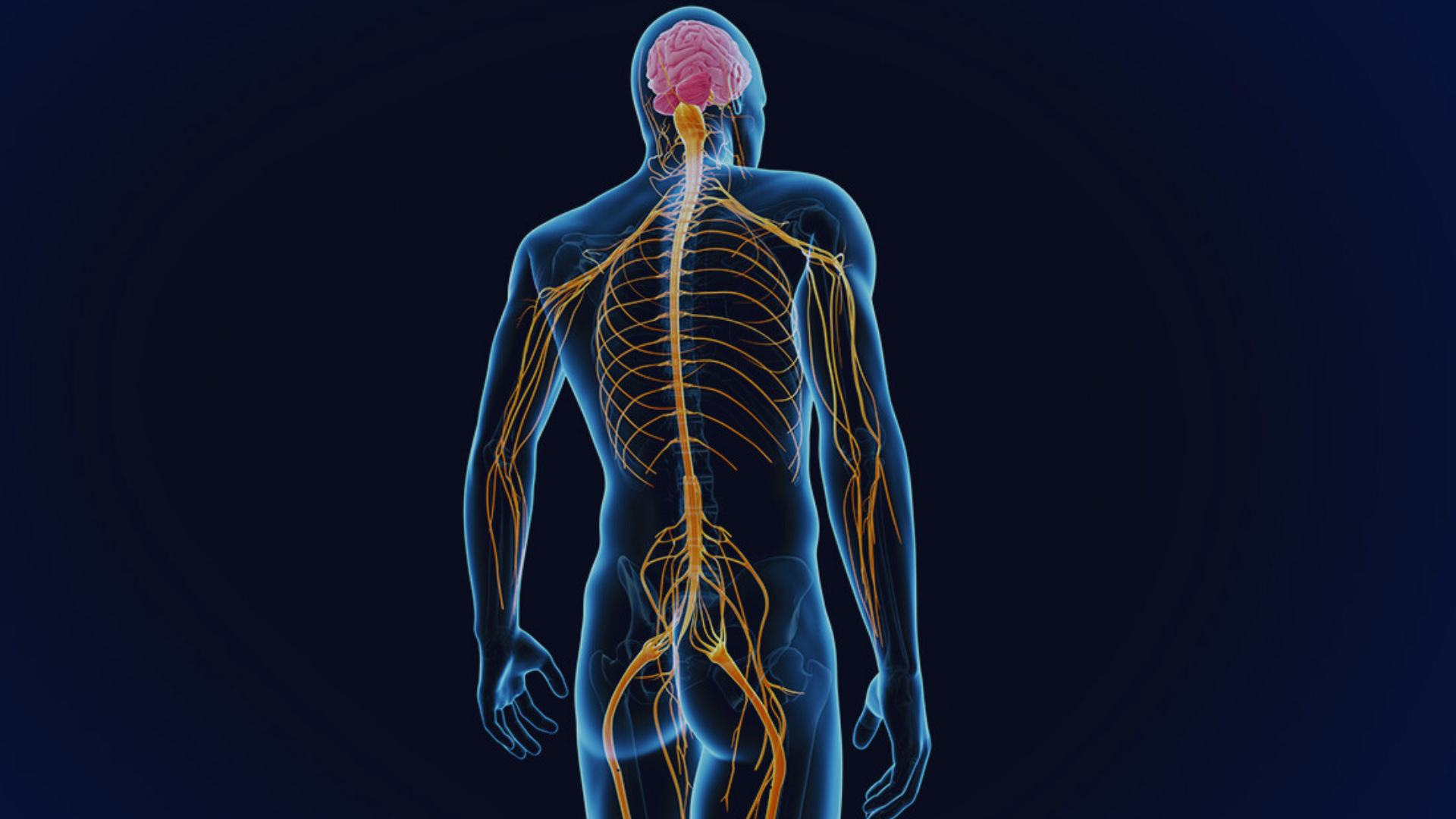
Peripheral Nerve Neuropathy
Peripheral Neuropathy Overview
Peripheral neuropathy is the term for damage to nerves of the peripheral nervous system, which may be caused either by diseases of or trauma to the nerve or the side-effects of systemic illness.
Cardinal Patterns of Peripheral Neuropathy
The four cardinal patterns of peripheral neuropathy are polyneuropathy, mononeuropathy, mononeuritis multiplex, and autonomic neuropathy. The most common form is (symmetrical) peripheral polyneuropathy, which mainly affects the feet and legs.
Causes and Treatment of Peripheral Neuropathy
The form of neuropathy may be further broken down by cause, or the size of predominant fiber involvement, i.e., large fiber or small fiber peripheral neuropathy. Frequently the cause of a neuropathy cannot be identified and it is designated idiopathic. More common causes include diabetes, alcohol abuse, toxin exposure, vitamin deficiency, infections, chemotherapy, and many others. Peripheral neuropathy is mostly treated by Neurologists rather than Neurosurgeons.
Surgical Considerations for Median and Ulnar Neuropathy
Median neuropathy and ulnar neuropathy are often secondary to entrapment or direct compression and are often amenable to surgical repair.
Ulnar Neuropathy and its Treatment
Ulnar neuropathy is a disorder involving the ulnar nerve. Ulnar neuropathy may be caused by entrapment of the ulnar nerve at the elbow or wrist with resultant numbness and tingling into the fourth and fifth fingers. More advanced cases are associated with hand weakness. Ulnar Nerve Decompression is an outpatient procedure utilized to treat ulnar neuropathy. This procedure involves making a small incision on the medial aspect of the forearm above the elbow, and subsequently releasing the fibrous compression of the nerve.
Carpal Tunnel Syndrome (CTS) Overview and Risk Factors
Carpal Tunnel Syndrome (CTS) is idiopathic median neuropathy at the carpal tunnel. The pathophysiology is not completely understood but can be considered compression of the median nerve traveling through the carpal tunnel. The risk factors for CTS are primarily genetic rather than environmental, although repetitive use has been shown to play a role in aggravating carpal tunnel syndrome.
Symptoms and Surgical Intervention for CTS
The main symptom of CTS is intermittent numbness of the thumb, index, long and radial half of the ring finger. The numbness usually occurs at night because we tend to sleep with our wrists flexed and is relieved by wearing a wrist splint that prevents flexion. Long-standing CTS leads to permanent nerve damage with constant numbness, atrophy of some of the muscles of the thenar eminence, and weakness of palmar abduction.
Surgical Management of CTS
Surgery is often indicated for moderate to severe carpal tunnel syndrome refractory to medical management. During carpal tunnel release surgery, the transverse carpal ligament is incised, which relieves pressure on the median nerve. The outpatient surgery is done through a small 2 cm incision under local anesthesia and takes approximately 25 minutes.